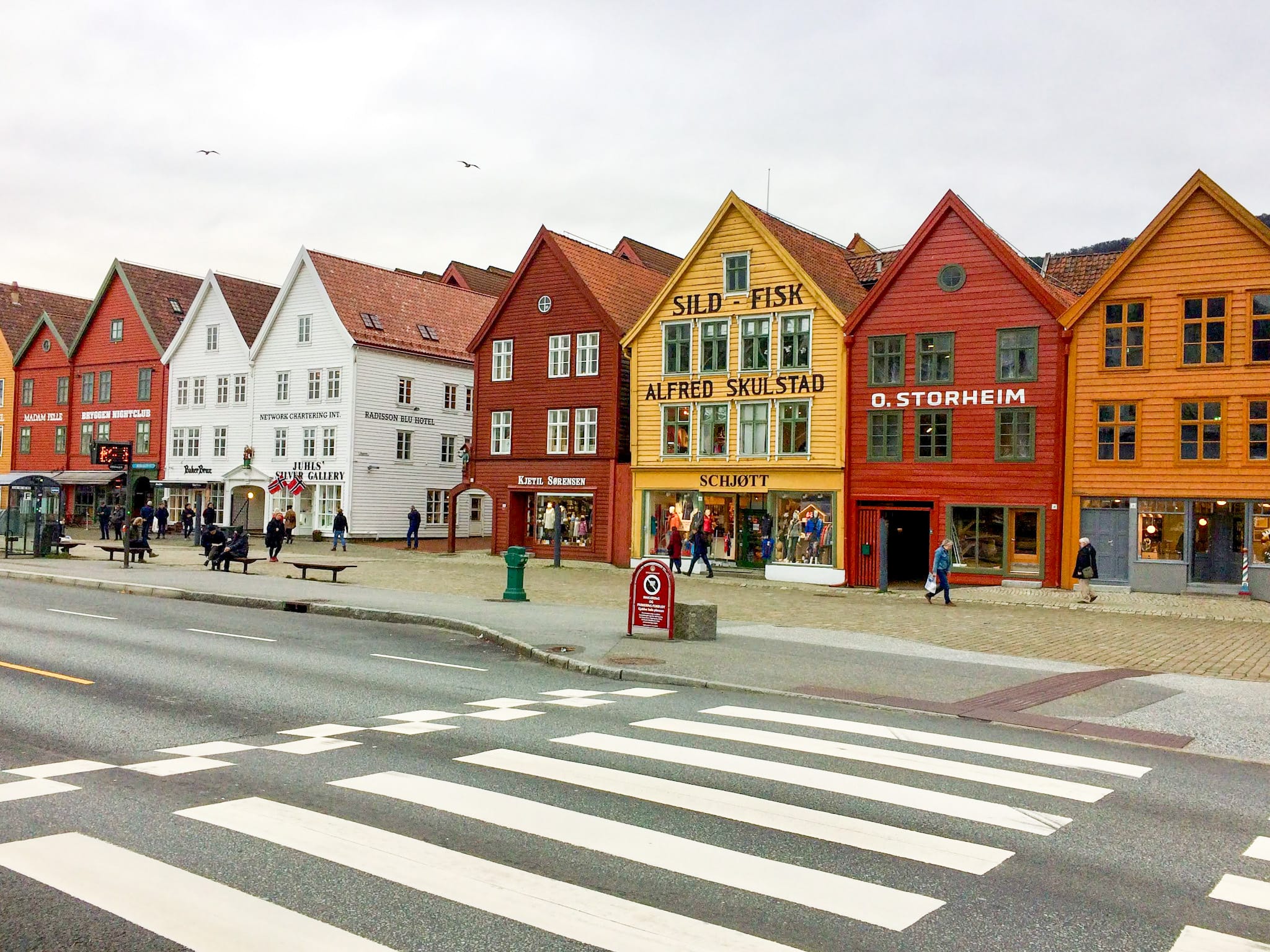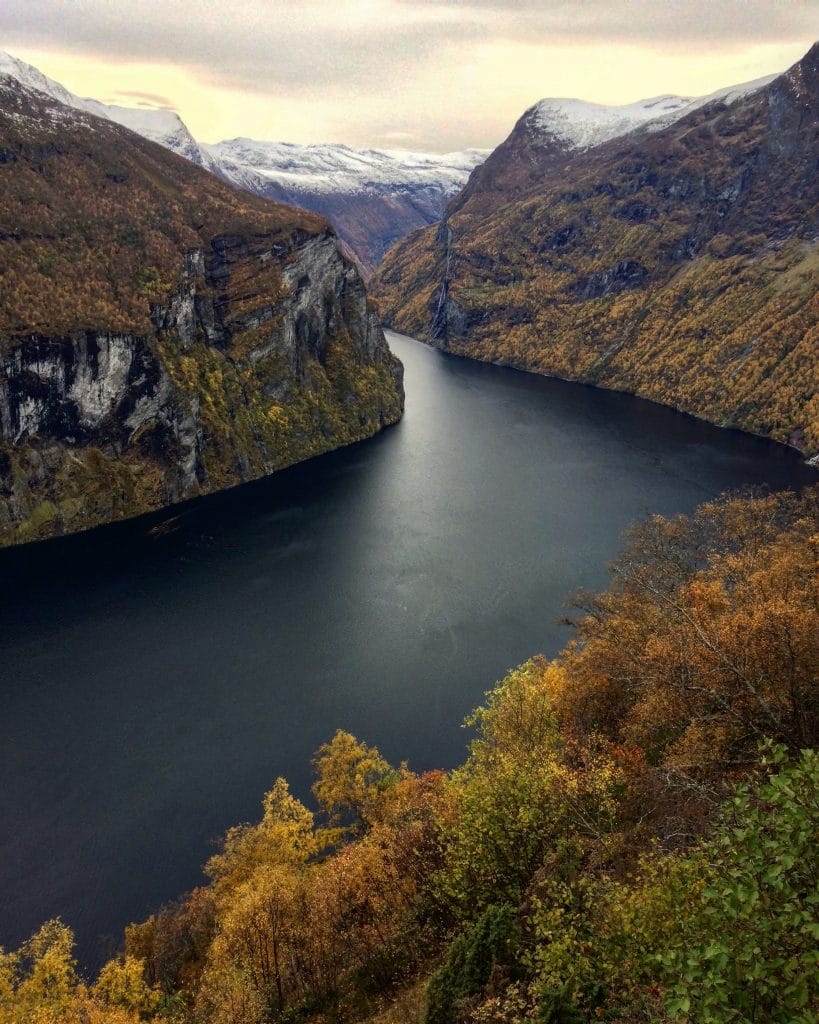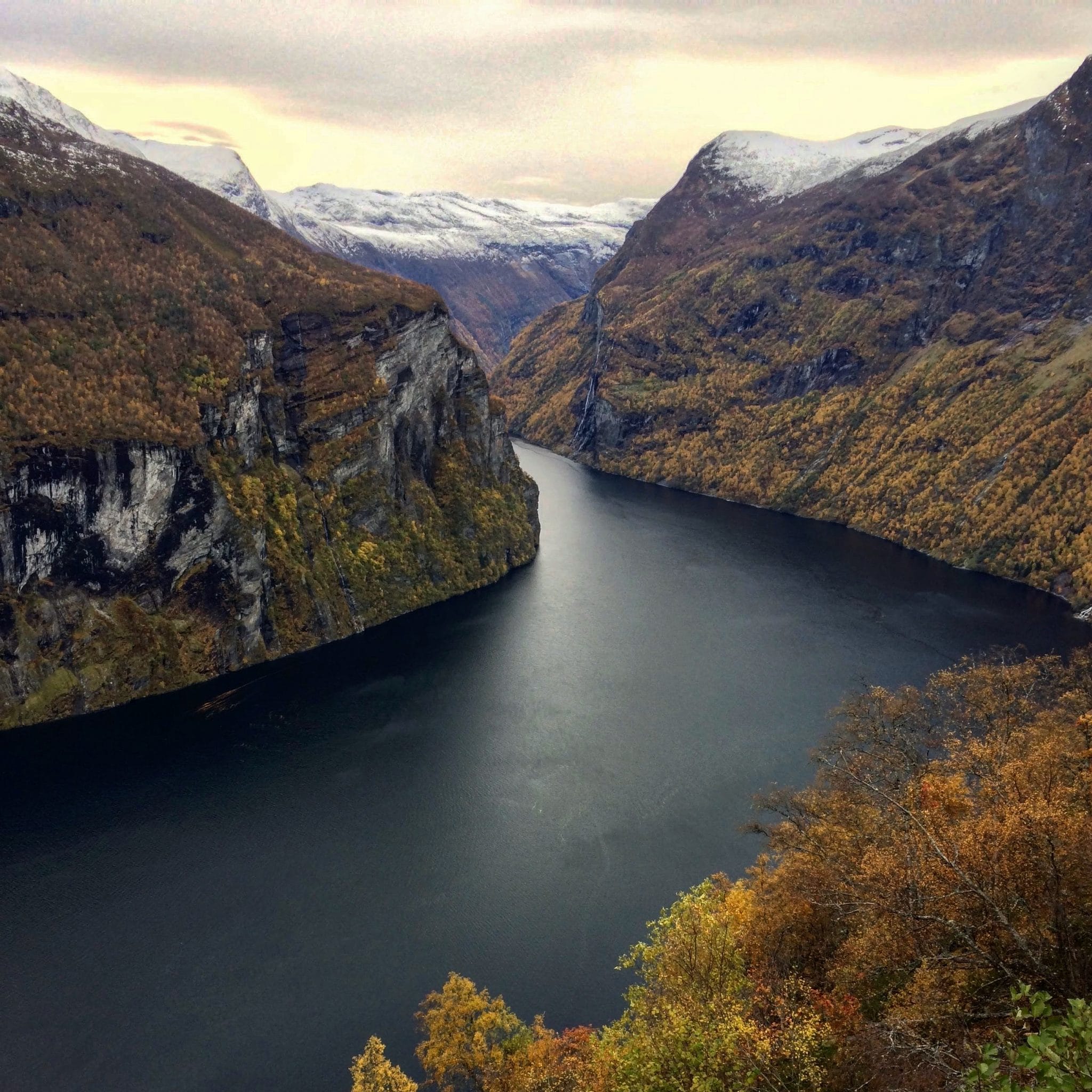All 8 Amazing UNESCO World Heritage Sites in Norway
Did you know that there are eight UNESCO World Heritage Sites in Norway?
UNESCO World Heritage Sites are legally protected landmarks or areas designated by the United Nations Educational, Scientific and Cultural Organization (UNESCO) as having cultural, historical, scientific, or other significance. Visiting them provides unique experiences to learn more about some of the most significant cultural and natural sites in the world.
Read on to learn about the eight UNESCO World Heritage Sites that can be found in Norway!
Table of Contents
UNESCO World Heritage Sites in Norway
UNESCO Cultural Heritage Sites in Norway
There are a total of seven UNESCO Cultural Heritage Sites in Norway.
1. Bryggen, Bergen
The old wharf in Bergen was the first site to be added to the UNESCO World Heritage List. This site dates back to the 14th century and commemorates Bergen’s importance as part of the Hanseatic League trading empire.

downtown Bergen
These buildings are very photogenic and recognizable icons of Norwegian architecture. Although the buildings have experienced several fires, they were rebuilt using traditional methods and materials, leaving their main structures intact.
For more to do in Bergen, check out this post!
2. Rjukan-Notodden Industrial Heritage Site
Rjukan and Notodden are industrial towns that exemplify the social and economic transformations of the second industrial revolution at the beginning of the 20th century.
This complex of hydroelectric power plants, transmission lines, factories, and transport systems has been preserved to commemorate the rapid technological development of the time.
3. The Rock Art of Alta
The Rock Art of Alta is another culturally significant heritage site in Norway.
The thousands of petroglyphs found at this UNESCO World Heritage Site are thought to date from as far back as 4200 BC and provide valuable clues to local human activity in prehistoric times.
4. Røros Mining Town and Circumference
Røros mining town holds historical significance as the site of copper mines that operated for 300 years, beginning in the 17th century. The town was completely rebuilt after being destroyed in 1679 and contains about 2,000 buildings, many of which have retained the wooden façades that give them a distinctly medieval appearance.
5. Struve Geodetic Arc
The Struve Geodetic Arc actually spans 10 countries and over 2,800 km, reaching from Hammerfest in Norway all the way to the Black Sea. Its 265 points were used between 1816 and 1855 by the astronomer Friedrich Georg Wilhelm Struve to measure a meridian, which helped scientists to establish the size and shape of the planet for the first time. This endeavor was an impressive example of international scientific collaboration.
6. Urnes Stave Church
Urnes Stave Church dates all the way back to the 12th and 13th centuries. It incorporates Celtic, Viking, and Roman elements into a striking example of traditional Scandinavian architecture.
7. Vegaøyan – The Vega Archipelago
The inhabitants of the Vega archipelago, just south of the Arctic Circle, are known for their unique way of life that involves fishing and harvesting down from eider ducks. These islands had become an important source of down by the 9th century.
UNESCO Natural Heritage Sites in Norway
In addition to the seven cultural heritage sites listed above, UNESCO has also designated a natural heritage site in Norway.
8. West Norwegian Fjords – Geirangerfjord and Nærøyfjord
Although listed as a single site on the UNESCO list, Geirangerfjord and Nærøyfjord are actually located 120 km away from each other in southwestern Norway. These fjords are both incredibly scenic and are considered archetypes of the fjord landscape. They are two of the world’s longest and deepest fjords and feature sheer rock walls, waterfalls, rivers, forests, and glacial lakes.

…
I hope this list of UNESCO World Heritage Sites in Norway gives you some travel inspiration for a future trip!
For more Norway travel inspiration, check out this list of must-do bucket list experiences you can have in this amazing country.
…
This post may contain affiliate links. If you make a purchase after clicking on an affiliate link, I may earn a small commission at no cost to you. All opinions are my own. Thank you for supporting This Wild Planet!
Useful Resources for Booking Your Trip
Flights:
I like to use Google Flights to find flights. They have many helpful tools for comparing dates and itineraries.
Accommodations:
I use Hostelworld or Booking.com. Hostelworld has the best selection of hostels, and Booking.com is great if you’re looking for any other type of accommodation.
Travel insurance:
Don’t skimp on travel insurance – it’s important to be prepared if something goes wrong! Personally, I use SafetyWing travel insurance.







